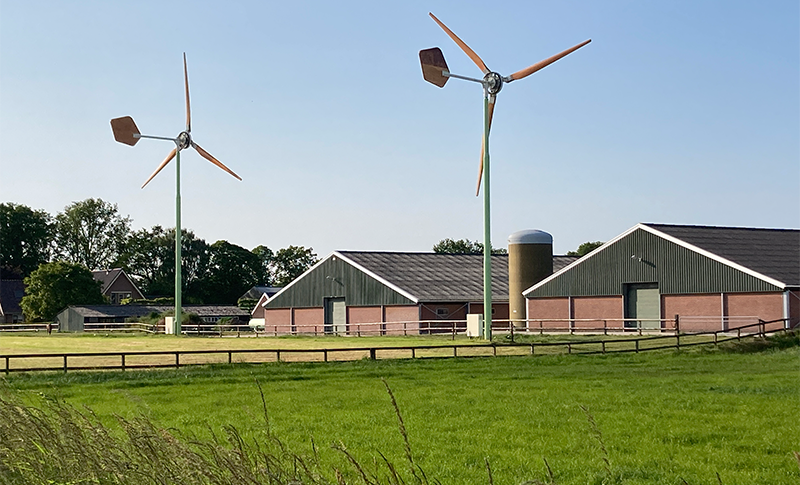Others do not really see a lot of our decisions regarding energy efficiency in the household. And by not seeing what others are doing, we may not be able to learn from them. That’s a missed opportunity, according to PhD student Han Yoo. She defended her thesis on December 11.
Showering for a shorter period of time, closing doors and windows so that we don’t have to turn up the thermostat as much, or changing our appliances to more energy efficient ones. These are all examples of green behaviour that others can’t see. Yoo: ‘The social pressure that we lay on ourselves by comparing to others doesn’t happen if a behaviour is not visible. For my thesis, we investigated several subtopics on the visibility of household energy efficiency to see if it transfers to others.’
Not just the information
In one of the studies Yoo performed, she distributed leaflets containing photos and text describing people receiving energy coaching. ‘We tried to see if this had a positive effect on how much people wanted to participate in such coaching. We were surprised to see that the effect was actually negative. The probability of choosing energy coaching even decreased when people had received the leaflet.’
‘We think the people on the pamphlet were not relatable to the readers. That showed us that it’s not just about being able to see others. It’s also about what it looks like to the person looking at the behaviour, how people relate to the situation.’
Status or identity
She also did a study about whether someone wants their technical device to be seen by others. ‘Energy efficiency devices or green products like electric vehicles could be a signal of the owner’s status or identity’, explains Yoo. ‘In some cases, the owner may even be proud of themselves, or want to influence others by showing their environmental behaviour to others.’
That was not wholly the case in their study. ‘For heat pumps, people preferred having them covered up with bushes. They would even pay a significant amount of money to actually do this. For solar panels, people were fine either way. Having it visible or covered up.’
‘Environmental identity and the willingness to show status is connected to whether or not you want others to see what you’re doing’, explains Yoo. ‘But also, how your house looks from the outside is a signal of identity. We think that people prefer to have their house looking nice. We believe people would rather their house have a pleasing aesthetic, than be viewed as environmentally conscious by having an “ugly” device in plain view. ’
Aesthetics
That draws to the conclusion that the aesthetic appeal of the devices itself has a positive effect on the willingness to show it to others. ‘We recommend producing more aesthetically appealing devices so people don’t cover them up. In that way, they can inspire others without actively promoting it. Just seeing things, maybe even over and over, could be the final push for them to change.’
And for the way people relate to others, Yoo suggests inspiring them in a more community-based way. ‘People who come to repair cafés, for example, are interested in environmental issues or recycling and are probably willing to learn. For a lot of people, there are more energy efficient behaviours to adopt.’‘

 ‘People are willing to pay a considerable sum to hide their heat pump from view.’ Photo Shutterstock
‘People are willing to pay a considerable sum to hide their heat pump from view.’ Photo Shutterstock 

